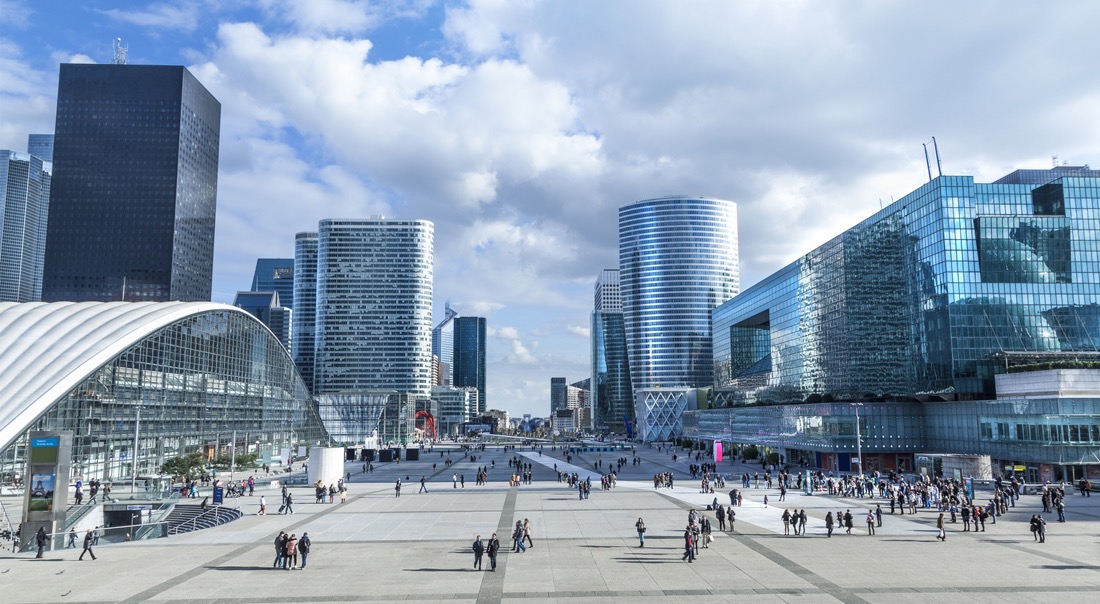
The world is building more cities, faster than ever before. China used more cement in the last three years than the United States used in the entire 20th century. By 2050, India will need new urban infrastructure to house an additional 404 million people — a task comparable to building every city in the United States in just 35 years. The global urban population is expected to rise to well over six billion by 2050 from 3.9 billion today.
“The world needs more cities. The task, however, is not simply to build new cities but to design them for today, tomorrow and the next century.”
Jane Jacobs taught us that a city is a complex dance of top-down and bottom-up planning. Too much of one or the other and a city fails to meet the needs of its residents.
As the world urbanizes, we need to experiment with new urban forms and new forms of urban planning, and privately designed and operated cities — proprietary cities — like Jamshedpur, India, or Reston, Va., may provide answers.
China has moved hundreds of millions of people to cities since 1980, but the Chinese model is beginning to crack. China has wasted billions of dollars building ghost cities like Kangbashi in the Ordos region or the Yujiapu financial district in Tianjin. These cities without people reflect the larger problem of designing cities without people in mind.
Chinese subways often stop at set distances, regardless of where people want to travel, causing inconvenience and greater reliance on cars. Factories are assigned choice urban land at low prices even when land for housing is in high demand. Both these issues contribute to congestion and pollution.
From our partners:
If China shows the costs of too much top-down planning, India shows the costs of too little. Indian urban development has suffered under an imposing edifice of overlapping bureaucracies and a philosophy of economics that prioritizes village life over urbanization. Together, Nehruvian bureaucracy and Gandhian economics, romanticizing rural agrarian life, have made it extremely costly to convert rural land for urban use. Indian urban development has lagged that of China, and the pressures for urbanization have resulted in the unofficial building of slums and illegal and chaotic development in large cities.
Gurgaon, a city southwest of New Delhi, is an exception. Gurgaon was a small town 25 years ago, but today it’s a city of some two million people filled with skyscrapers, luxury apartment towers, golf courses, five-star hotels and shopping malls. Often called “the Singapore of India,” Gurgaon is home to offices for nearly half the Fortune 500 firms.
Gurgaon, however, grew not by plan but in a fit of absence of mind. After the state of Haryana streamlined the licensing process, it left developers in Gurgaon to their own devices with little intervention from any national, state or local government. As a result, almost everything that works in Gurgaon today is private. Security, for example, is privately provided for almost all housing, shopping and technology complexes. Over all, about 35,000 private security guards protect Gurgaon, compared with just 4,000 public officers. Gurgaon also has India’s only private fire department, filling an important gap, because it must be capable of reaching Gurgaon’s tallest skyscrapers.
But not all is well. No developer in Gurgaon was large enough to plan for citywide services for sewage, water or electricity. For a price, private companies provide these, but in inefficient ways. Sewage doesn’t flow to a central treatment plant but is often collected in trucks and then dumped on public land. Tap water is often delivered by private trucks or from illegally pumped groundwater. Reliable electricity is available 24 hours a day, but often using highly polluting diesel generators.
Compared with the rest of India, Gurgaon fares well but its functioning is far from ideal. Is there a middle ground between China’s ghost cities and the anarchy of Gurgaon? Surprisingly, privately planned cities may be an answer. And one of the oldest is in India.

Jamshedpur was founded by Tata Steel, as a company town, in 1908. It has landscaped parks, paved roads and even a lake, but it’s no playground for the rich. It’s a working town. Nevertheless, it is the only city in the state of Jharkhand with a sewage treatment plant, and it’s one of the few cities in all of India where residents enjoy reasonably priced, reliable electricity and safe tap water. In a survey by the marketing research company Nielsen, residents ranked the city among the best in India for its cheap and reliable provision of sewage, water, electricity, public sanitation and roads.
Jamshedpur works because Tata owned enough land so that it had the right incentives to plan and invest in citywide infrastructure. Tata has also had to maintain good services in order to attract workers. In Gurgaon, private developers built lots of infrastructure, but only up to the property line. By extending the property line to city-scale, the incentives to build large-scale infrastructure like sewage, water and electricity plants are also extended.
Private cities are also thriving in the United States. Companies created proprietary communities in Reston, Va., and Irvine, Calif., in the 1960s, which were recently ranked by CNN Money magazine as the 10th and 14th best places to live in America, respectively, because of their efficient city services and pleasing integration of business, commercial and residential uses.
Throughout the United States, new housing is governed privately. Millions of Americans live in homeowner associations that often provide security, garbage collection and transportation. Some large cities supplement public police with private security. San Francisco, for example, has had a private police force protecting some downtown areas for almost 170 years.
Given the required scale, proprietary cities have every incentive to plan and invest in appropriate infrastructure. Even better, top-down planning can ensure competition among cities by auctioning enough land to build five to seven proprietary cities in a region. Competition will keep rents low and create incentives for innovation and experimentation.
The bones of a city are hard to reset, so the decisions we make today will affect how people live in the future. Competitive proprietary cities could help to coordinate the delicate dance of top-down and bottom-up planning that cities need to thrive.
This feature originally appeared in NYTimes.

















